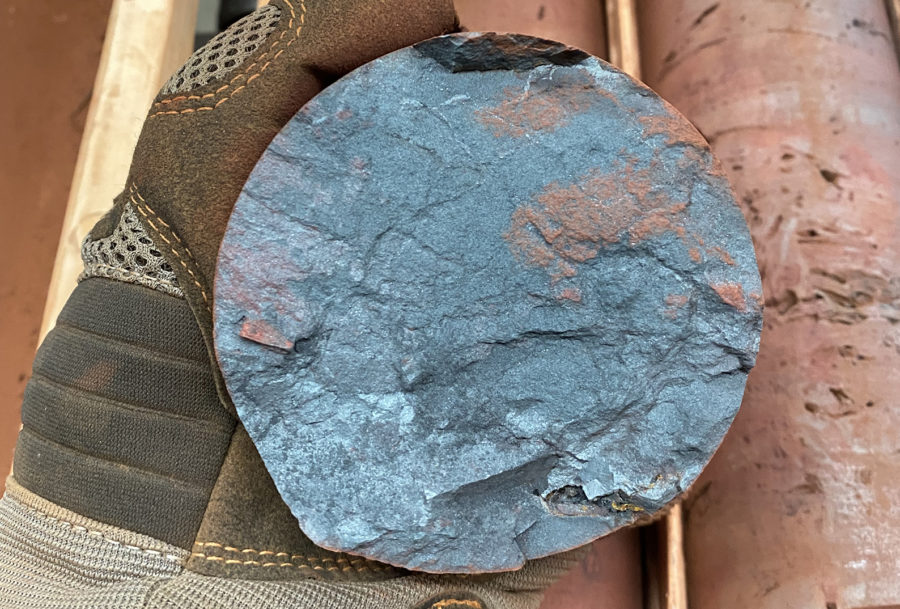New Findings on the Age of Earth's Largest Iron Ore Deposits in Australia

New Insights into Iron Ore Deposits
Researchers have uncovered that the Hamersley deposits, known as Earth's largest iron ore deposits, are not as ancient as once believed. This major research indicates that these valuable mineral resources in Western Australia formed between 1.4 and 1.1 billion years ago, thus altering previous assumptions.
Implications and Importance
The previous estimation of 2.2 billion years for the age of these deposits has been a long-standing point of reference for geologists. The new findings could impact the mining sector and the understanding of mineral formation processes.
- Iron ore resources play a critical role in the economy.
- Australia is a leading provider of iron ore to global markets.
- Understanding mineral ages helps in exploration strategies.
In conclusion, the research emphasizes the need for updated methodologies in geological surveys, considering the age of minerals could redefine exploration targets.
This article was prepared using information from open sources in accordance with the principles of Ethical Policy. The editorial team is not responsible for absolute accuracy, as it relies on data from the sources referenced.